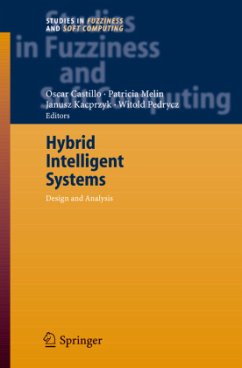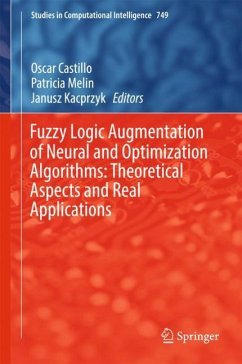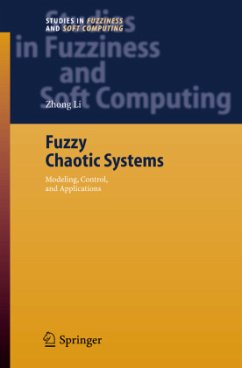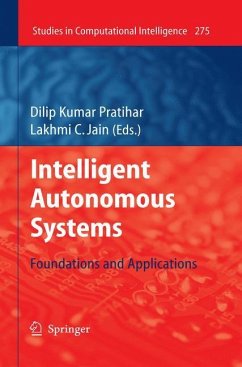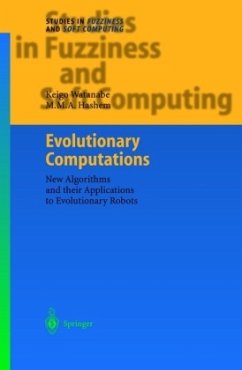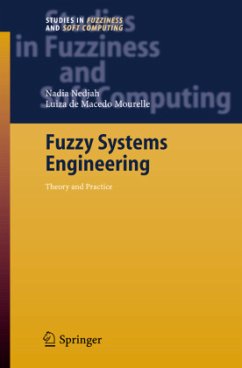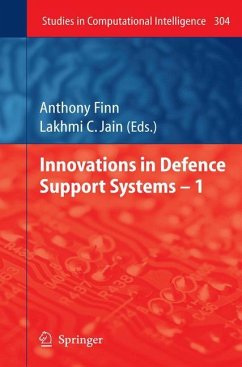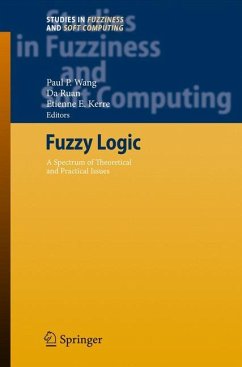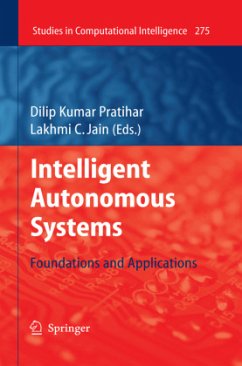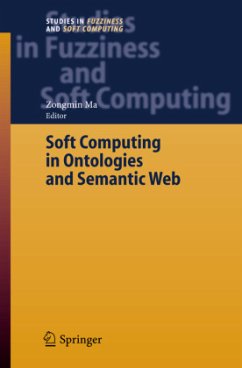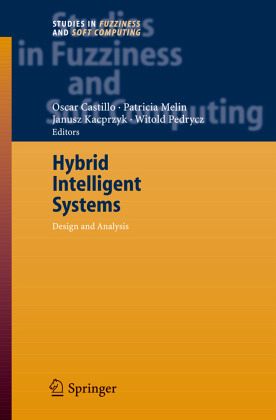
Hybrid Intelligent Systems
Analysis and Design
Herausgegeben: Castillo, Oscar; Melin, Patricia; Pedrycz, Witold

PAYBACK Punkte
57 °P sammeln!
We describe in this book, new methods for analysis and design of hybrid intelligent systems using soft computing techniques. Soft Computing (SC) consists of several computing paradigms, including fuzzy logic, neural networks, and genetic algorithms, which can be used to produce powerful hybrid intelligent systems for solving problems in pattern recognition, time series prediction, intelligent control, robotics and automation. Hybrid int- ligent systems that combine several SC techniques are needed due to the complexity and high dimensionality of real-world problems. Hybrid int- ligent systems ...
We describe in this book, new methods for analysis and design of hybrid intelligent systems using soft computing techniques. Soft Computing (SC) consists of several computing paradigms, including fuzzy logic, neural networks, and genetic algorithms, which can be used to produce powerful hybrid intelligent systems for solving problems in pattern recognition, time series prediction, intelligent control, robotics and automation. Hybrid int- ligent systems that combine several SC techniques are needed due to the complexity and high dimensionality of real-world problems. Hybrid int- ligent systems can have different architectures, which have an impact on the efficiency and accuracy of these systems, for this reason it is very - portant to optimize architecture design. The architectures can combine, in different ways, neural networks, fuzzy logic and genetic algorithms, to achieve the ultimate goal of pattern recognition, time series prediction, - telligent control, or other application areas. This book is intended to be a major reference for scientists and en- neers interested in applying new computational and mathematical tools to design hybrid intelligent systems. This book can also be used as a textbook or major reference for graduate courses like the following: soft computing, intelligent pattern recognition, computer vision, applied artificial intel- gence, and similar ones. We consider that this book can also be used to get novel ideas for new lines of research, or to continue the lines of research proposed by the authors of the book.





